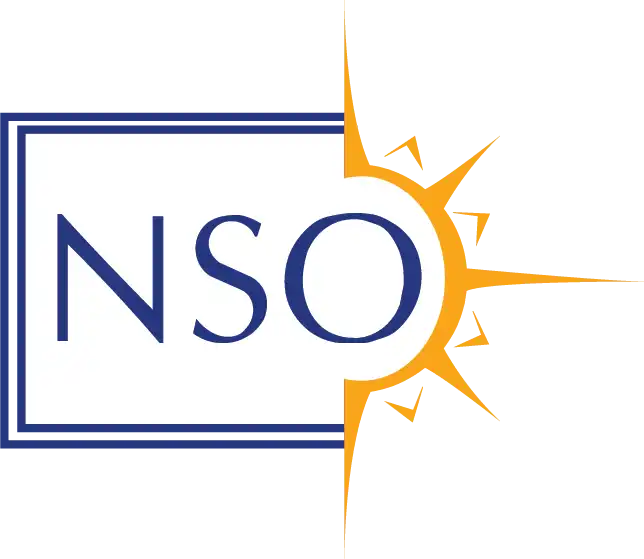From Front Street to the Fair, Organizers Spread Message of “Aloha ‘Āina”
In ʻōlelo Hawaiʻi, the Hawaiian language, the term kūkahi is loosely defined as standing together or uniting.
That is exactly what anti-TMT demonstrators set out to achieve at Saturday’s Aloha ʻĀina Kūkahi march on Front Street.
The demonstration was a part of a series of marches that were staged statewide in opposition to the contentious Thirty Meter Telescope project.
Tiare Lawrence, one of the front liners of the Aloha ʻĀina movement, estimated that over 3,000 braved the scorching Lahaina sun to express their solidarity with the protestors, who consider themselves kiaʻi (protectors), at the base of Maunakea.
One of the activists, Lawrence’s mother and Lahaina native Mary Haunani Yap-Teruya, was unable to join the mile-long trek from Māla to Kamehameha Iki.
“In 2015 she (Yap-Teruya) led the march working security and I remember her feeling so proud of our people,” Lawrence recalled.
Since then, Yap-Teruya has been battling lung cancer that has spread to her brain, kidney, and spine.
But Yap-Teruya’s current condition did not stop her from showing her support for the march while seated along a sidewalk.
Organizers decided to recognize Yap-Teruya’s resilience by stopping the crowd to sing her “Kū Haʻaheo,” which has become the anthem of anti-TMT rallies.
“It meant the world to me to have her there because I know how important aloha ʻāina (love for the land) and this movement means to her,” Lawrence said.
Lawrence, whose 9-year-old daughter and 7-year-old son are enrolled in the Hawaiian Language Immersion school Ke Kula ʻo Piʻilani, noted how proud she is that the movement has become a multi-generational effort.
“To see my babies speaking their native language, so activated and engaged, makes me proud to be their mom,” Lawrence added.
“The Hawaiian language revitalization movement is the foundation of aloha ʻāina that we see today. Many of the young kiaʻi leaders on Maunakea were students of kaiapuni (Hawaiian immersion education).”
One of those kiaʻi is Maui native Kanoelani Pacheco, a 22-year-old graduate student at the University of Hawaiʻi at Mānoa.
Pacheco, who has contributed to anti-TMT efforts on Maunakea and at the university, participated in Oʻahu’s Aloha ʻĀina Kūkahi march, which is believed to have attracted over 10,000 to the streets of Waikīkī on Saturday.
“Events like these hold space for kānaka to gather, to share manaʻo, to heal, to be Hawaiian,” Pacheco explained.
“They create a space to learn and only makes us stronger as kānaka Hawaiʻi.”
Pacheco’s older sister, Celina Bailey, helped organize an informational booth with that same goal at this year’s Maui Fair.
Each year, the parents of the Hawaiian language preschool Pūnana Leo o Maui host the fairʻs Pā Hale Hawaiʻi.
The pā hale, which Bailey affectionately dubbed “tūtū’s backyard,” offers cultural demonstrations such as kapa beating, lei making, and kalo pounding.
“We were here the whole time and we wanted to be at the march, but we were doing our part here representing our lāhui, sharing with the community,” Bailey said.
For the fair’s final day on Sunday, the pā hale featured an Aloha ʻĀina segment with a series of speakers to discuss the traditional Hawaiian philosophy of caring for the land.
Bailey added that the booth aims to inform the public on issues that native Hawaiians face today, including the ongoing peaceful protest to stop the construction of the TMT.
“We just felt like this is a safe place for us to exercise all that we know,” Bailey said.
Native Hawaiian representation is something Bailey said she never really saw at the fair growing up but is proud to now be a part of.
“I know for my ʻohana, I believe this is our calling right now, our kuleana (responsibility) right now to take this opportunity and share everything that we know,” Bailey said.
Proponents of the TMT argue that the project would provide promising educational and economic opportunities.
As for Lawrence, she and many other anti-TMT activists are planning more events like Saturdayʻs march for the near future.









